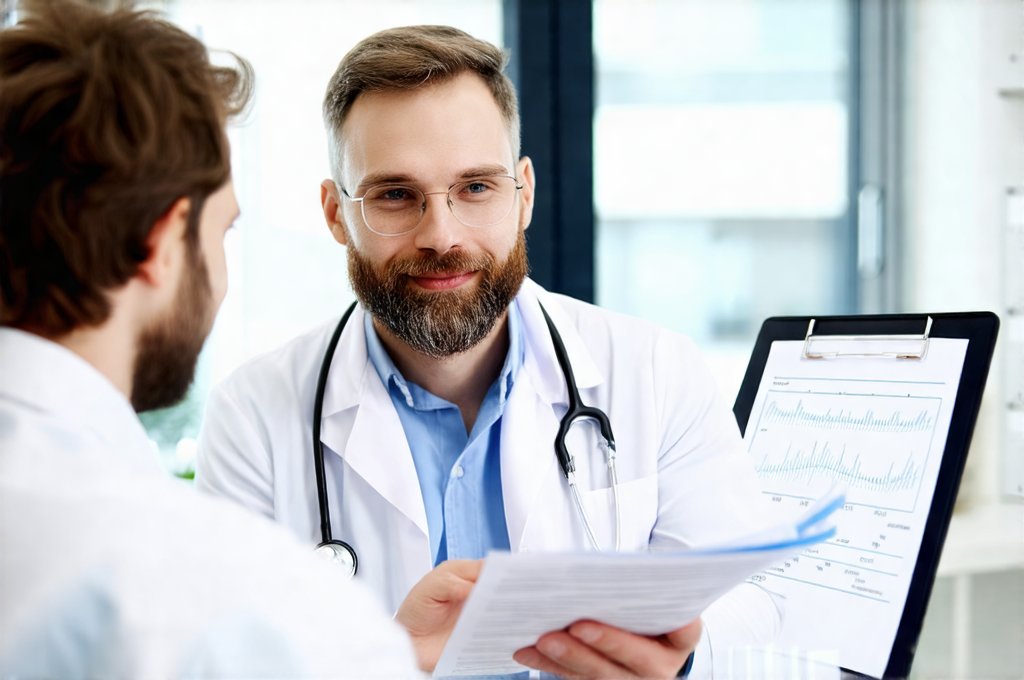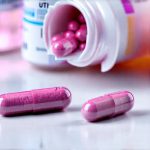Biofilms represent a significant challenge in modern medicine, increasingly implicated in chronic and difficult-to-treat infections. These structured communities of microorganisms, encased in a self-produced extracellular polymeric substance (EPS), exhibit heightened resistance to both antimicrobial agents and host immune defenses compared to their planktonic (free-floating) counterparts. Understanding the intricacies of biofilm formation, properties, and mechanisms of resistance is crucial for developing effective strategies to combat treatment-resistant infections that plague healthcare systems worldwide. The rise in antibiotic resistance has further exacerbated this problem, rendering traditional therapies less effective against biofilm-associated infections, necessitating innovative approaches focused on disrupting biofilms or enhancing immune clearance.
The pervasiveness of biofilms extends beyond typical clinical settings, encompassing medical device-related infections (catheters, prosthetics), chronic wounds, cystic fibrosis lung infections, and even dental plaque. The EPS matrix not only provides a physical barrier to antimicrobials but also creates an environment that promotes horizontal gene transfer between bacteria, facilitating the spread of antibiotic resistance genes. This inherent resilience makes biofilm eradication exceedingly difficult, often requiring prolonged treatment courses and aggressive surgical interventions, which can significantly impact patient morbidity and mortality. Consequently, research efforts are intensifying to unravel the complexities of biofilms and devise novel therapeutic strategies targeting their unique vulnerabilities.
Biofilm Formation & Characteristics
Biofilm formation is a multi-stage process initiated by the attachment of planktonic bacteria to a surface. This adhesion is often mediated by conditioning films composed of proteins and polysaccharides that accumulate on surfaces, creating a favorable environment for bacterial colonization. Once attached, bacteria begin to proliferate and synthesize EPS, which comprises polysaccharides, proteins, extracellular DNA (eDNA), and lipids. This matrix encases the bacterial cells, providing structural support, protection from environmental stresses, and facilitating communication through quorum sensing – a cell-to-cell signaling process regulating gene expression in response to population density. – The stages of biofilm formation include: initial attachment, irreversible adhesion, microcolony formation, maturation, and dispersal.
– Different bacterial species exhibit varying abilities to form biofilms, influenced by their genetic makeup and environmental factors.
– EPS composition varies between different species and strains, contributing to the diverse properties observed in various biofilms.
The resulting biofilm structure is highly heterogeneous, with channels allowing for nutrient and waste exchange. These channels also contribute to increased antimicrobial resistance as they can reduce drug penetration. Moreover, bacteria within biofilms often exhibit altered metabolic activity and gene expression patterns compared to planktonic cells, leading to a phenomenon known as phenotypic heterogeneity. This means that some cells may be dormant or metabolically inactive, making them less susceptible to antibiotics targeting actively growing bacteria. This inherent resilience makes eradication difficult. Biofilms are not merely passive structures; they represent dynamic microbial communities capable of adapting and evolving in response to environmental pressures. Understanding what role does biopsy play in diagnosis can aid in understanding biofilm composition.
Mechanisms of Treatment Resistance
Biofilm-associated infections exhibit remarkable resistance to antimicrobial agents through several intertwined mechanisms. The EPS matrix acts as a physical barrier, limiting the diffusion of antibiotics to reach bacterial cells within the biofilm. Additionally, bacteria embedded within biofilms often display reduced metabolic activity, diminishing the effectiveness of drugs targeting actively growing cells. – Another key mechanism is the presence of persister cells—dormant or slow-growing cells that are inherently tolerant to antibiotics.
– Biofilms also promote horizontal gene transfer, accelerating the spread of antibiotic resistance genes among bacterial populations.
– The biofilm environment can neutralize certain antimicrobials through enzymatic degradation or chemical modification.
Beyond these factors, biofilms offer protection from host immune defenses. The EPS matrix shields bacteria from phagocytosis by immune cells and hinders antibody binding. Biofilm formation also induces a chronic inflammatory response, contributing to tissue damage and impaired healing. Furthermore, the structural complexity of biofilms can impede the delivery of immune effectors to sites of infection. This interplay between biofilm-mediated resistance and host immune evasion contributes to the persistence of chronic infections. Ultimately, overcoming treatment resistance requires strategies that not only target bacterial cells but also disrupt the biofilm matrix and enhance immune clearance mechanisms. Knowing what role do kegels play in urology for women can help understand chronic infections involving biofilms.
Disrupting the EPS Matrix
Targeting the EPS matrix represents a promising approach for enhancing antimicrobial efficacy against biofilms. Enzymes capable of degrading specific components of the EPS, such as polysaccharide hydrolases (e.g., DNase, alginate lyase), can weaken the biofilm structure and facilitate antibiotic penetration. – Several research groups are exploring the use of enzymatic cocktails to degrade multiple EPS components simultaneously.
– Novel compounds that interfere with EPS synthesis or assembly are also under investigation.
– Approaches utilizing physical disruption methods, such as ultrasound or mechanical scrubbing, can physically break down biofilms.
However, challenges remain in developing effective matrix-degrading strategies. The diverse composition of EPS across different species and strains necessitates tailored enzymatic approaches. Furthermore, the regenerative capacity of biofilms requires sustained application of matrix-disrupting agents to prevent rapid re-formation. Combining matrix disruption with conventional antibiotics can significantly improve treatment outcomes by enhancing drug delivery and bacterial susceptibility. This synergistic approach offers a viable pathway for overcoming biofilm resistance. What role do diuretics play in kidney stone management can influence the environment surrounding biofilms.
Enhancing Immune Clearance
Boosting host immune defenses represents an alternative strategy for combating biofilm infections. Immunomodulatory therapies, such as cytokines or antibodies that enhance phagocytosis and antimicrobial activity of immune cells, can promote clearance of biofilms. – Strategies to modulate the host’s inflammatory response are also being explored to minimize tissue damage and facilitate healing.
– Vaccines targeting specific biofilm components could induce protective immunity against chronic infections.
– Phage therapy – utilizing bacteriophages (viruses that infect bacteria) – shows promise in selectively eliminating biofilm-forming bacteria while minimizing collateral damage to beneficial microbiota.
The challenge lies in overcoming the immune evasion mechanisms employed by biofilms and restoring effective host defense capabilities. Targeting virulence factors involved in immune suppression or enhancing antigen presentation can improve immune recognition of biofilms. Moreover, personalized immunotherapy approaches tailored to individual patient’s immune status may offer more targeted and effective treatment strategies. Harnessing the power of the immune system is crucial for achieving long-term control of biofilm infections.
Novel Antimicrobial Approaches
Beyond traditional antibiotics, researchers are exploring novel antimicrobial agents specifically designed to target biofilms. These include compounds that inhibit quorum sensing, disrupt bacterial adhesion, or interfere with EPS synthesis. – Nanomaterials, such as nanoparticles and nanotubes, offer potential advantages in delivering antimicrobials directly to biofilm sites and enhancing their efficacy.
– Antimicrobial peptides (AMPs) – naturally occurring molecules with broad-spectrum antibacterial activity – show promise in disrupting biofilms and killing bacteria.
– Photodynamic therapy (PDT), utilizing light-activated photosensitizers to generate reactive oxygen species, can effectively eradicate biofilms while minimizing toxicity to host tissues.
The development of these novel approaches requires careful consideration of their potential for off-target effects and the emergence of resistance. Combining novel antimicrobials with existing therapies or employing them in synergistic combinations may offer a more effective strategy for combating biofilm infections. Continued innovation is essential for developing next-generation antimicrobial agents capable of overcoming biofilm resistance.





















